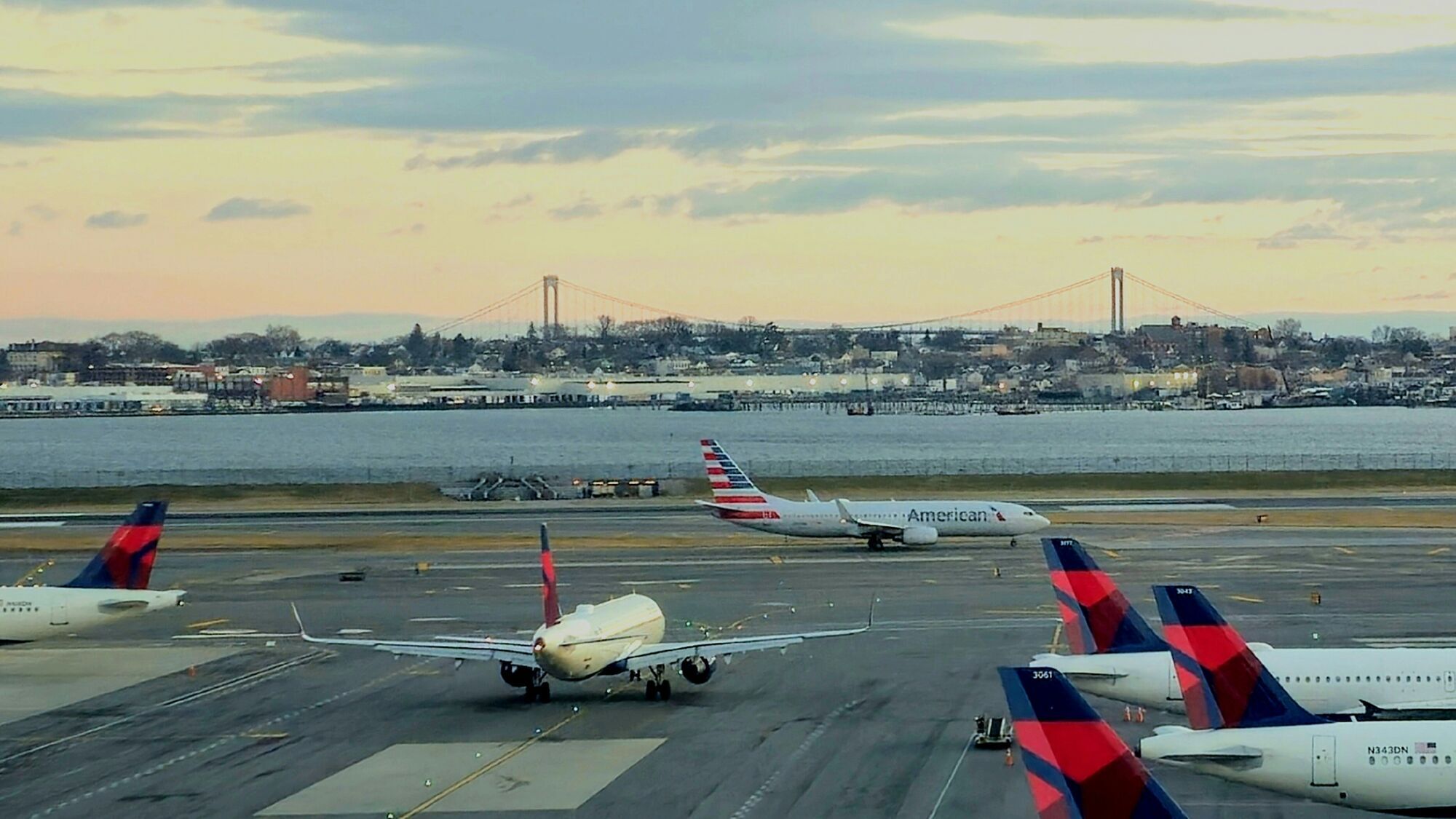Why the New York Area Has So Many Airports: A Hub of Global Connectivity

The New York metropolitan area is unique in many ways, but one of its most striking features is the number of major airports serving the region. With John F. Kennedy International Airport (JFK), LaGuardia Airport (LGA), and Newark Liberty International Airport (EWR) all within close proximity, New York stands out as a major global aviation hub. But why does this area have so many airports, and what makes each of them essential to the region's connectivity?
Historical Growth and Strategic Development
The development of New York's multiple airports is deeply rooted in the city's history and its strategic importance as a gateway to the United States. As New York City grew into a global financial and cultural center in the early 20th century, the need for robust air transportation infrastructure became increasingly apparent. Each airport was developed to meet the specific demands of different eras and types of air traffic, which has led to the current diverse and specialized airport system.
LaGuardia Airport, the oldest of the three, opened in 1939 and was designed primarily to handle short-haul domestic flights. Its location close to Manhattan made it ideal for business travelers and those seeking quick access to the city. Over the years, LaGuardia has remained focused on domestic flights, though it has seen significant upgrades to modernize its facilities.

John F. Kennedy International Airport, originally known as Idlewild Airport, opened in 1948 to accommodate the growing demand for international air travel. As transatlantic flights became more common, JFK emerged as the primary gateway for international passengers arriving in and departing from the United States. Today, JFK is one of the busiest international airports in the world, serving as a critical hub for long-haul flights and major airlines.
Newark Liberty International Airport, located in New Jersey, began operations in 1928, making it the oldest of the three. Originally serving as a hub for mail and cargo flights, Newark has evolved into a major passenger airport, handling both domestic and international flights. Its location, slightly removed from the congestion of New York City, allows it to serve as an alternative gateway, particularly for travelers in New Jersey and beyond.
Catering to Different Market Needs
Each of the New York area's airports has developed a distinct role within the broader aviation landscape, catering to different types of travelers and market needs. This specialization allows the region to efficiently manage the vast number of passengers and flights that pass through every day.
LaGuardia remains the go-to airport for domestic travelers, especially those on business trips or short vacations. Its proximity to Manhattan and ongoing renovations to enhance the passenger experience make it a convenient choice for quick trips.
JFK, with its extensive network of international routes, serves as the primary point of entry for global travelers. The airport's ability to handle large, long-haul aircraft and its connections to nearly every corner of the globe make it indispensable for international travel.
Newark, while also handling a significant number of international flights, is known for its efficiency and ease of access, particularly for travelers coming from the western suburbs of New York City and New Jersey. Newark's role as a major hub for United Airlines also contributes to its importance within the region's air travel network.
Economic and Strategic Importance
The presence of multiple airports in the New York area is not just about convenience—it's a vital component of the region's economic infrastructure. The airports collectively support hundreds of thousands of jobs, both directly and indirectly, and contribute billions of dollars to the local economy. Moreover, they play a crucial role in maintaining New York's status as a global city, facilitating the flow of people, goods, and ideas.
The strategic placement of these airports also helps to distribute air traffic across the region, reducing congestion at any single location and providing redundancy in case of operational disruptions. This network of airports ensures that New York remains connected to the world, regardless of weather conditions, peak travel times, or other challenges.



















